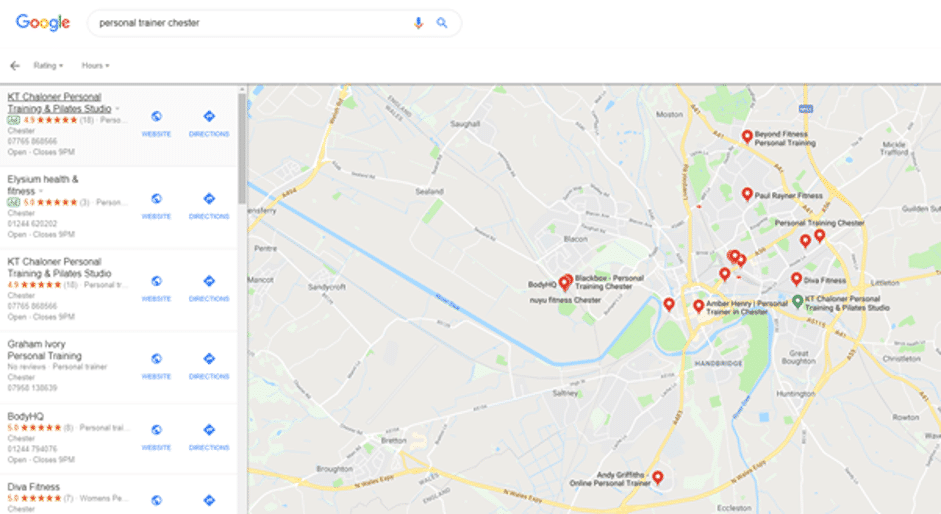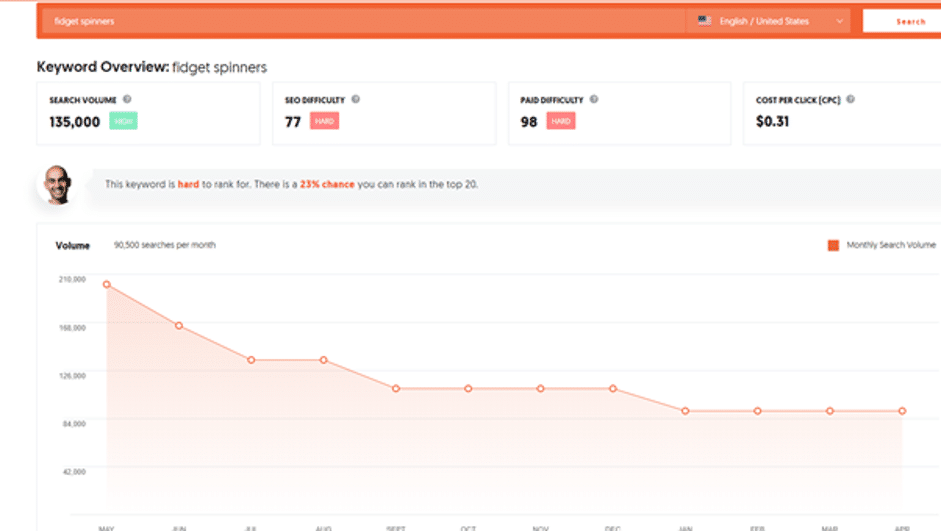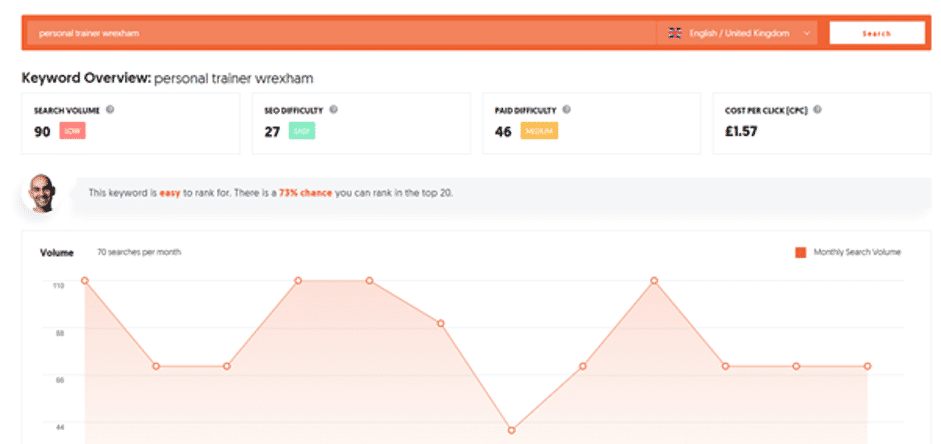Many people like the idea of being self-employed. Why not? You can choose where and when you work, answer to nobody (in theory), and increase your earning potential substantially. With internet access across the world, the opportunity to become a successful entrepreneur is undoubtedly easier than ever. Yet also more competitive than you can imagine. There are business opportunities that you may never even heard of, for instance, reseller hosting. But now can find an answer to what it is and how to do it.
It all sounds good, but it certainly is not the easy option when it comes to choosing your career path. A large percentage of businesses open and close within a 12-month period because it is extremely difficult to attract, retain and manage clients. In addition, managing your own books, invoicing and chasing payments can be stressful, demoralizing and even bankrupting.

Before you take the plunge and invest time and money in your business idea, take 10 minutes out of your day to read our overview of things to consider before you quit your day job.
1. Is your Business Offering in Demand?
First assess whether the skills or product(s) that you will offer, are in demand.
One general principle to consider is the barrier to market, in relation to the skills and qualifications required to offer a specific service or sell a certain product.
A barrier to the market can relate to several things, including the investment required in terms of time and money. For example, the lengths required to become qualified to do a particular service.
For example, a physiotherapist must study at university for a number of years in order to qualify and get insured as a physiotherapist. However, a personal trainer can complete a distance-learning course or attend a weekend training course to become qualified. This, in theory, makes it much more difficult to become a successful personal trainer, as the industry is much more competitive and the demand, although arguably higher, is not high enough to compensate for a large number of personal trainers in most cities and towns.
Tech freelancing is a bit different. There’s no official standard or qualification required to become a proficient computer coder for example – many great developers and coders are self-taught. But it is a highly technical skill that takes years to acquire.
Rather than simply looking at the length of time usually required to become proficient, you can take a look at any job website and you can see a clear demand for ‘Frontend Developers’, less so when it comes to ‘Soccer Coaches’ for example. The wages on offer for each job will also give an indication of the supply and demand of a given service and skillset.
Other ways you can estimate the demand for your service or product:
Simply go to google.com and perform a search for your product or service. If relevant, take a look at Google Maps and see how many businesses are registered with Google in your local area.

You can go a step further and install something called the ‘Moz Bar’.
Click on the website results (normally below the map) and see their score out of 100 on the Moz Bar. The bar gives (some) indication of how difficult it is to rank above them in the Google Search Results.
Anything below 20, should be relatively easy to outrank. Anything above 40 would take years of ‘Search Engine Optimization’ (also know as SEO) to outrank.
Learn more about SEO here.
– Google Trends

Google trends is also a good tool for checking seasonality and the general interest in your product or demand. If you are offering a service locally however, you may find that there is not enough data available to give you an illustration of the number of online searches.
– Google Keyword Planner & Ubersuggest
Head over to Neil Patel’s UberSuggest tool, choose your country and enter in your service or product:

The screenshot above shows that the search term ‘Fidget Spinner’ has thousands of searches per month – but searches are declining, suggesting that the product is losing popularity.
In addition, the SEO Difficulty and Paid Difficulty metrics are suggesting that obtaining a presence on the Google search engine results pages may be difficult.

Local searches should also garner useful information – the above screenshot, for example, shows information regarding searches of the term “Personal trainer Wrexham”.
Whilst you’re there, scroll down and take a look at the ‘Keyword Suggestions’ – this could come in useful later when designing a company website.
If you sign up for Google Ads, you will also get access to the Google Keyword Planner, which will estimate, as accurately as possible, the cost of a Google Advert for your product or service.
This will give you similar information to that seen above in the Ubersuggest results, but with a few additional bits of info related to the amount, you will have to pay for each click of a Google ad.
If your business is e-commerce or retail, take a look for your product on Amazon – see how many reviews the top result is getting. If it’s less than 10, for example – there is probably only limited demand for that product. Whilst you’re there – take a look at the reviews and see what feedback products are getting, this can help you design something superior if applicable.
2. Is Your Business Scalable?
Scalability refers to the ability to increase the size of your business. To take an example, if you are a ‘traditional’ personal trainer – you must be present to train each of your clients. This limits the scalability and profitability of your business. You can really only work around 50 hours a week, with up to 50 clients.
However, if you are a landlord, with 10 properties – you can literally earn money as you sleep. You will need to pay for the upkeep of your properties and address any issues with the tenants, but this should not equate to dozens of hours of work. In addition, the properties are likely to gain value over time as well.
A personal trainer can, however, look to scale his or her business by creating an online offering. By providing diets and exercise programs, as well as an online personal training service, the personal trainer can help hundreds of people get in shape. By templating a number of diets and programs, there should be minimal time and effort required when tailoring them to each category of client.
The trainer could also create a member’s online section of the website, containing videos that take the clients through each program. This would require a significant effort in terms of times and resources to set up, but again it has the benefit of being highly scalable once it has all been finished – no extra effort is required for each member.
3. What Will your Route to market be?
Before you decide to take the proverbial plunge and become a freelancer, you should perform a full route to market strategy.
Look at what specifically you can offer that the competition does not, what the customers are specifically looking for and how you will reach them.
Will you market yourself via traditional channels such as business cards, flyers, and networking, or will you turn to digital marketing?
If you want to reach potential clients via digital marketing, break this down into different areas, such as SEO, Social Media and Online Adverts (also known as PPC or Pay Per Click adverts). Then further break this down to each website such as Google, Bing, Facebook, Twitter, Instagram, Youtube, etc. You could additionally consider seeking out the services of an digital marketing nz agency, or another more relevantly located, to help you optimize your digital marketing efforts.
Reaching Your Customers Via Digital Channels
Website
Most businesses require an online presence, including a website. How will you build yours?
You can build your own website, employ an agency to do it, or find a freelancer. Use a site such as Upwork or PeoplePerHour to find a good freelancer – look to make sure they have a number of reviews before employing someone.
If you fancy building your own, you can use a website builder such as Wix or Weebly. Wordpress.com also offers a free website builder, however, you do have to pay a few dollars per month to remove their adverts and you’ll have to pay $10-$30 per year for your website address (also called a domain name).
You can also build a website once you have registered your company with Google…
Google My Business
A good first step towards establishing an online presence is to register with Google My Business. Fill in all the details as accurately as possible, add a number of high-quality images that will reflect your business in a professional manner. If you have a website, make sure you include the URL in your profile. To register you will need to confirm your business-address – Google will mail you a postcode with a verification code on it. You normally receive a voucher for Google Ads too.
Search Engine Optimization
Search Engine Optimization (usually abbreviated to SEO) is the art & science of improving a given website’s rankings on search engines such as Google and Bing. SEO can be further subdivided into on and off-page SEO – whilst Onpage SEO addresses content on the website, Off-Page SEO generally looks at the quality of backlinks pointing to the business’s website.
On-Page SEO is quite technical and is required as a solid foundation before Off-Page SEO is addressed. A good place to start is to read the guide from Yoast and consider installing their plugin if you have a Wordpress website for your business.
Adding a blog to your website and producing high-quality content such as in-depth articles, videos, and graphics is also an essential part of on-page SEO. There are many free and useful tools available to check for plagiarism and free article rewriter which helps in producing quality content in no time.
Promoting your content and carrying out traditional-style marketing campaigns is the best way to gain brand mentions and important backlinks to your site as part of off-page SEO.
PPC Advertising
Will your business invest in online advertising?
PPC stands for Pay Per Click – which is the standard way to pay for online adverts such as Google Ads. You only pay for an advert when someone clicks on it – as opposed to traditional marketing channels that pay per advertising space.
This payment format gives you more control over the performance of your adverts and you can increase or decrease the amount that you are willing to pay for a click. This form of advertising can be highly targeted to your market as well, thanks to the amount of data the likes of Google, Bing, and Facebook are able to hold about their users.
The cost of a click will depend on how competitive the niche or ‘keyword’ is. For example, somebody advertising for insurance may have to pay over $50 per click to get on the first page of Google, whereas someone selling bricklaying services specific to a small town in the US, may expect to pay less than $10.
Facebook and Instagram are also popular PPC channels. You can target people by location and interests quite easily and effectively. As people on social media channels are not actively looking for your product or service (as opposed to someone who is searching specifically for it on Google), you may have to offer something of interest or value before a user is willing to make a purchase. For example, a free (branded) eBook about fitness basics might be a good way to reach potential clients if you are a personal trainer.
Social Media
What time and effort will you put into social media marketing? Social media can have a huge impact on some businesses, both positive and negative (if your reviews and reputation are poor). The key to social media is to make your posts interesting and entertaining. Offer useful information and tools whenever possible, instead of simply trying to sell directly to your audience.
Local businesses can often leverage Facebook Groups to build a community around their business too. Groups are a great way to build your brand and create brand advocates but again, don’t sell directly at least not too often.
Linkedin can also be a highly effective channel for entrepreneurs, especially those in the business to business space. Using a tool such as Buffer, Hootsuite and/or a website such as IFTTT.com can help streamline your social media campaigns.
In addition to your Twitter, Facebook and Instagram profiles, you may want to research specific forums and online communities that may exist in your business niche. Reddit.com is often a good place to look first. By becoming a useful and valued member on these forums, it can often help your business if it has a national or international reach.
Traditional Marketing Channels
Traditional marketing channels are often neglected in today’s high tech marketing space. However, with the right proposition, design, and implementation, traditional marketing campaigns can be more effective than ever.
Business cards, flyers, networking events, posters, and banners can often be a highly cost-effective way of building your brand and reaching potential customers. When it comes to creating these materials, working with experienced printers london or other reliable local printing services can make all the difference. High-quality printing not only enhances the visual appeal of your materials but also leaves a lasting impression on your audience, which is crucial for standing out in a competitive market.
4. What Tools & Apps Will You Invest In?
Organizing your business has, arguably, become a lot easier in recent years, thanks to the number of apps and online tools that are available.
Wunderlist is a great tool for organizing your to-do lists and can be used to schedule tasks across teams. From picking up groceries to invoicing clients, the tool can be synchronized across different devices and users.
Trello is great for project management and has a free version available. Again this can be accessed by several users at once so that everyone knows where projects are up to. If you have a large number of clients, it can also help you to manage your workload.
Famous author and entrepreneur, Tim Ferris recommends placing your phone on airplane mode for the majority of the day to minimize distractions. Phone calls are often a distraction during the working day but are also a lifeline to many businesses in terms of the leads and sales that come directly from phone inquiries. Hiring a business phone answering service can help weed out unwanted sales calls and minimize distractions during the working day.
An invoicing app such as Quickbooks can also be extremely useful – providing the ability to invoice clients with a few clicks or presses of buttons on your phone. It can also help track expenses easily – just take a photo of your receipts.
5. What Business Premises Will You Use?
Can you work from home or does your product or service require the rental of specific premises? If you are going to work from home, will you need to invest in equipment and software for video conferencing, virtual meetings, etc? You may also wish to work from home but portray a professional image buy purchasing a virtual business address.
Again, if you are working from home, do you have a strategy in place to create a distinct, psychological border between work and home life? Even if this just means taking a 20-minute walk at the end of your working day, to refresh your mindset and wind-down, it is important to do so – especially if you have a family.
The 5 considerations above are by no means inclusive. You will also have to look at other essential aspects of business, including funding, insurance and where applicable, employment laws and pensions for your employees. You’ll also need an NDA template for working with freelancers.
If you have read up to the end of this article and research all the topics listed above, then perhaps you do indeed have the motivation and discipline to start your own business!

